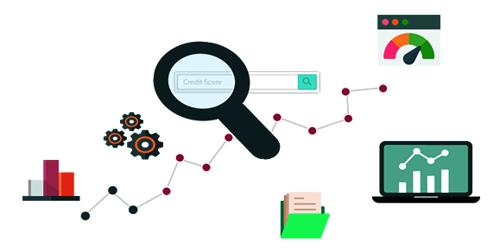By credit analysis, we mean analysis of the eligibility for getting a loan in the light of applications. At the time of credit analysis, the loan officer should examine the logic and purpose of the credit. Extending credit without analyzing the applicant and the loan applied will be very risky. Credit analysis covers the area of analyzing the character of the borrowers, capacity to use the loan amount, condition of capital, objectives of taking a loan, planning for uses, probable repayment schedule & so on. Any lacking in the process of analysis or when the capability of the analyst is not up to the mark, credit analysis will be turned in vain.
Credit Analysis: Loan activity is one of the risky functions of a bank. This is a risk in this sense that a major portion of the loanable is the depositor’s money. That is the source of the loanable funds is the depositor’s money, which the bank should pay on demand. So, if the bank becomes unable to pay on demand then it may be at the fury of the depositors. On the other hand, loans are the main source of a bank’s profit. Thus, banks have to keep the faiths of the depositors put onto it, as well as earn profit to make the business viable.
In actual sense, credit analysis means those process by which bank takes some necessary information from the borrower for recovery of loan and analysis of this financial condition. In 1975, Jack R Crigger describes this in his article named “An Ocean of 5C-s”, Five C’s are popularly used in many countries around the world. The broad version of 5C-s are – 1. Character, 2. Capacity, 3. Capital, 4. Collateral and, 5. Condition.
















